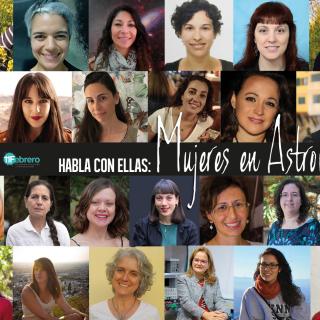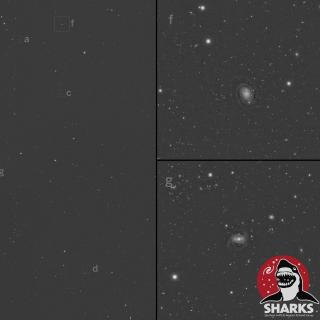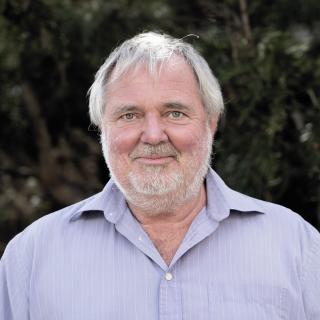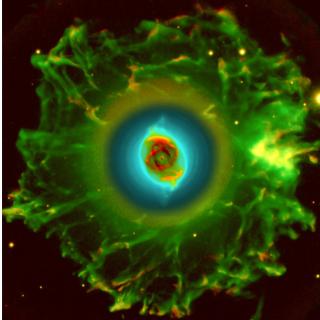
The Instituto de Astrofísica de Canarias (IAC), which has 94 female researchers and engineers, consolidates its commitment to gender equality by participating in more than ten actions to join this February 11. Among the aims of commemorating this day are the promotion of scientific and technological vocations among girls and young women and the visibility of the role of women in the development of science. In 2015 the General Assembly of the United Nations proclaimed 11th February as The Day of Women and Girls in Science. The aim of this date is to promote the access, the full participation
Advertised on


![OSRIS spectra of the C-19 member stars Spectra of the C-19 member stars observed with OSIRIS, normalized using a running mean filter after removing the velocity signal in the rest frame (black lines), together with the best fit (blue lines) derived by adopting a fitting procedure. The metallicity, [Fe/H], computed from [M/H] and [Ca/H] is also indicated for each star.](/sites/default/files/styles/crop_square_2_2_to_320px/public/images/news/41586_2021_4162_Fig6_ESM_f.jpg?h=6246b455&itok=lNqI9pli)

![MUSE view of PN M 1-42 Left panel: spatial distribution of the auroral [N II] λ5755 emission line in the PN M 1-42 prior to applying the recombination contribution. Middle panel: spatial distribution of the N II λ5679 recombination line. Right panel: same as left panel after applying the recombination contribution correction.](/sites/default/files/styles/crop_square_2_2_to_320px/public/images/media/image/figura.jpg?h=87b882e3&itok=_BiZgjuV)